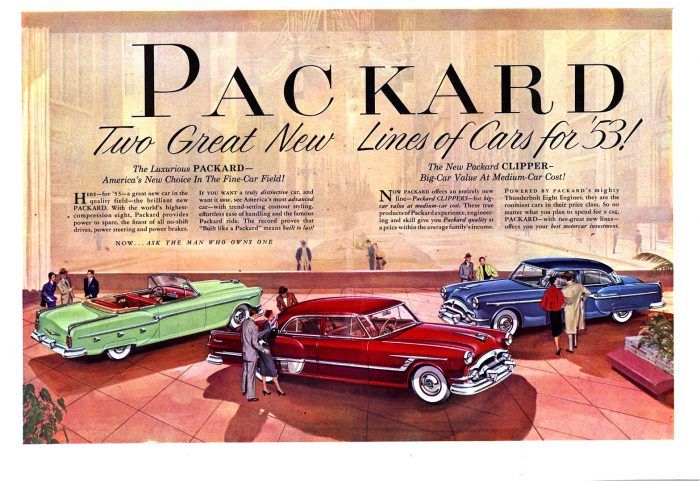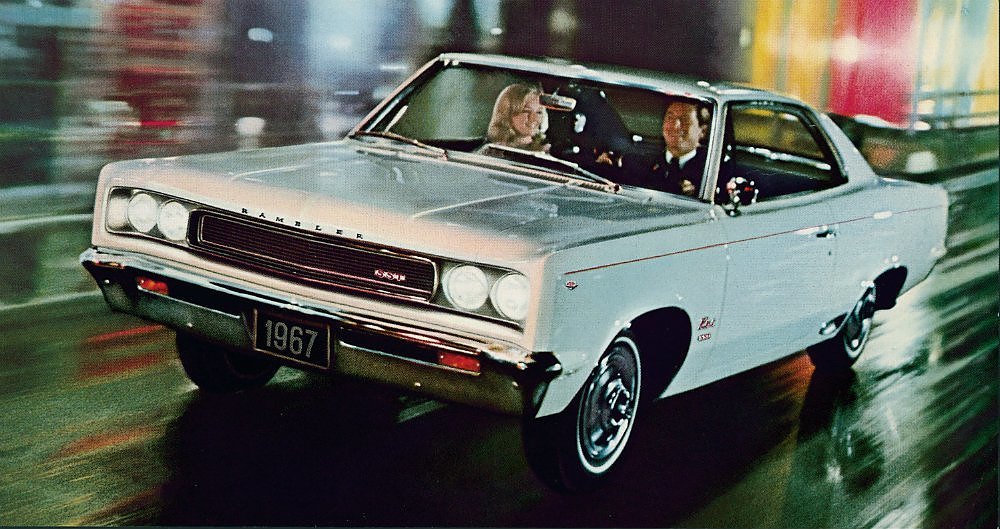Initially, my idea was to discuss and update Britain’s exit from the European Union (or Brexit as it has come to be known) and its affect on the UK car industry. Unfortunately nothing much has happened. Car manufacturers wait in exasperated anticipation while UK and EU politicians and their bully boy un-elected flunkies argue, throw their toys about, and run home crying. So instead, this week we have advertising, something else that sets my teeth on edge like fingernails scrapping down an old school blackboard.
Black Friday. We have it here too and, America, it’s your fault.
Being British of course we do not fight over goods; we do not battle for that last LCD flat screen, no: We queue nicely and wait our turn to buy stuff that was probably to be found cheaper, somewhere else, prior to Black Friday. The fault lies firmly at the feet of advertising executives. In their increasing desperation to come up with new and inventive ways to sell things, advertising is getting more and more silly. Take the “crossover” car.
Cross Over
That’s what the chicken did. It’s what artistes do when they cravenly change music genres to achieve commercial success, much to the disapprobation of their fellows who failed to think of it first. It also now identifies a type of vehicle but I have no idea why.
It is frankly, daft. In British terms, a crossover is just a tall hatchback or a small SUV, depending upon who you listen to. It is in fact just a small car, inflated. Initially, I suppose, the idea was to give the impression that these motors were somehow more rugged. It patently was not true then and it is not true now. They don’t have any more ability or power and can maybe only boast a little more space than the regular small hatchback upon which they are mostly based. It is a case of style over substance.
In days gone by, car advertising was straightforward. One knew where one stood. It described the virtues of the vehicle. It told us by way of the magic of moving pictures how a particular car could improve our lives by dint of its automotive features, performance, sexiness, service intervals, and economy. Everyone was happy. The auto facts were presented. Motoring journalists plied their trade in the large halls and small bars of the world, supporting a generally robust industry.

The Influencers
Times have changed and with it, the scope of the car ad. Dusty old journalists with pipes and leather patches on their threadbare tweed jackets have given way to bright young things referred to as influencers and vloggers because every car maker in the world wants to sell to the youth of today. Even the new Aston Martin Vantage (which does not look anywhere near as elegant as its predecessor) is, by the company’s own words, aimed at younger buyers.
Young people, with no discernible creative ability other than being able to walk and talk at the same time, shoot video on a bog-standard DSLR and upload it to YouTube and are now actively being employed and paid to shoot cars in moodily visual locations without explaining how they work. And that it seems is enough. We do indeed live in a transient internet world.
TV advertising now shows us beautiful, blemish-free youth cavorting merrily in these very average “crossover” cars as if the vehicle could really make your life better in any way that matters. The message comes through the TV screen with all the subtlety of a one-ton anvil in a Roadrunner cartoon. It is obvious, it is blatant, and it seems to work. The crossover is now the most popular automotive sector in the UK. There is no longer any need to describe the engineering virtues of the vehicle, just the nebulous lifestyle connotations.
This writer is probably as guilty as the rest. Like everyone who works in today’s motor industry, I too am an influencer but only in that I help to promote products and businesses. Mind you, you don’t want me on video; that would be like getting Gabby Hayes to sell your wagon. Car advertising is changing and we change with it, at least for now, because who knows what the future holds.

Cross Over To Common Sense
At the time of this writing, a small neighbouring country is threatening to block the progress of vital trade talks in the next round of Brexit negotiations because of some local issue. That’s the thing about “communities.” When push comes to shove, we revert to the defence of our realm. Never mind the big picture; never mind the European car industry is all at sea with huge sums of money and very many jobs hanging in the balance. We await an outcome whilst third rate apparatchiks haggle over political trivialities. That’s why the whole thing has stalled.
If these people do not get off their collective euro-butt, stop scoring points, and being devious and disingenuous, and decide instead to “cross over” the line of common sense about the things that really matter, then all the advertising and all the influencing in the world won’t save the car industry. Or Europe.
Geoff Maxted is a motoring writer, photographer, and author of our Letter From The UK series. Follow his work on Twitter: @DriveWrite
Cover Photo: From American Motors Corporation: The Rise and Fall of America’s Last Independent Automaker by Patrick Foster. We featured the title in our Book Garage series on April 3rd, 2016.



